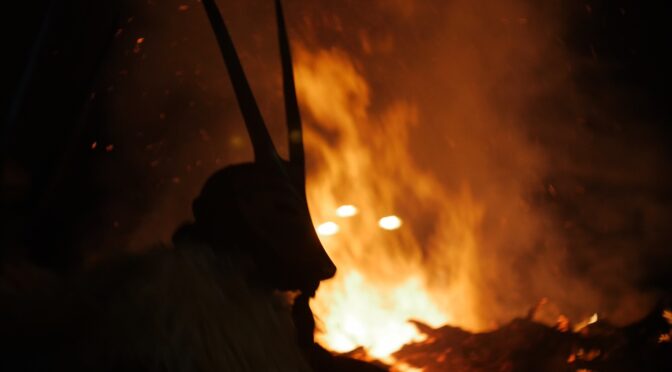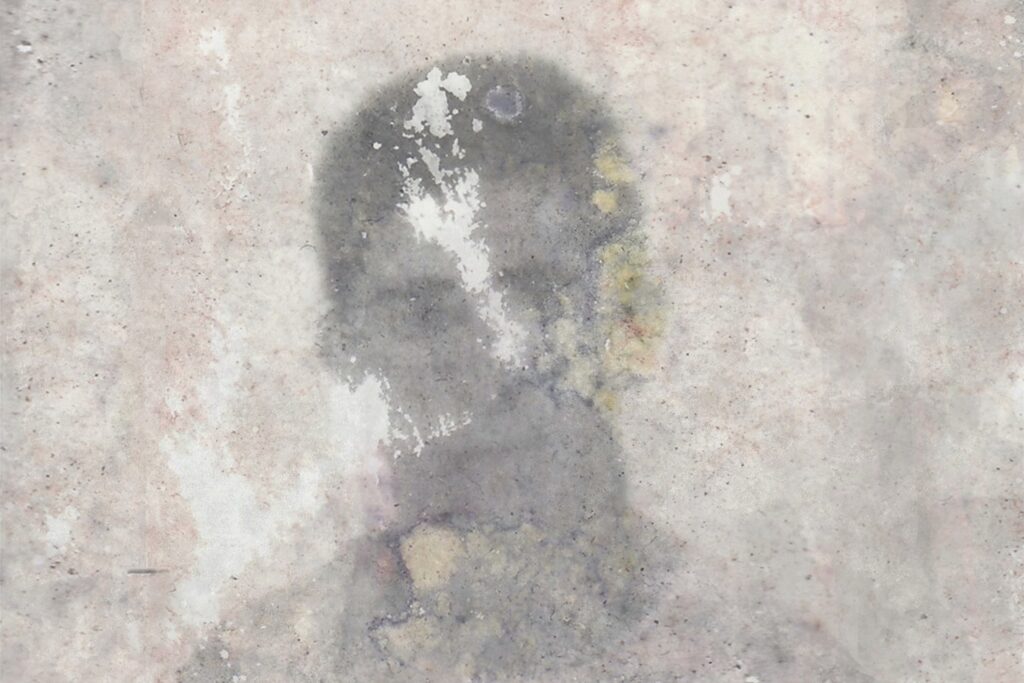Article by Lisa Cortopassi
Translation by Martina Bigi
Darkness, cold. A metallic melody and an off-screen voice introduce the spatial and thematic coordinates of Immémorial, Chants de la Grande Nuit. Legend has it that, in a primordial moment, the Gods tore the Night to reveal the “world of things.” This is how form, language, and day were created. Using this myth as a framework, Béatrice Kordon investigates on the “immemorial” time: a time that is both past and future, a time that leaves no trace and waves between death and birth, darkness and light.
After the prologue, a hieratic chant initiates the first one of the four song-chapters organising the film— Song I, Song II, and so on. Each chapter is a succession of different materials, both original and archival, connected by the recurring song theme rather than the inner narrative coherence. This flow of images, independent of any coercive type of logical-causal argument, partially erases the director’s point of view – who seems to exhibit rather than narrate – so that the viewers are allowed some freedom of interpretation.
At times, the dynamic audiovisual flow of the film lingers on the examination of certain natural elements. The viewers’ gaze slowly zooms in on the water of a waterfall or a light rain, in a starry sky, upon the lava extruding from a volcano, or the flames of a fire. Yet, when the gaze gets too close, the outlines of these “things” end up dissolving. In these moments, liminal spaces unfold in what is out of focus, wobbling between the visible and the invisible – places where a profound and indescribable ecstatic truth might emerge from. This is the same truth Werner Herzog referred to at the Walker Art Center (The Minnesota Declaration: Truth and Fact in Documentary Cinema, 1999).
A group of men climbs a wooded mountain. They stop to observe a tree – its crown is barely visible, because it is too high to be contained within the frame. They decide to tear it down. Then, they carry it on their shoulders to the summit to put it up again. This sequence from Immémorial generates a peculiar yet fitting connection between Kordon and Michelangelo Frammartino’s Le quattro volte (2010), a film that is also related to Vittorio De Seta’s I dimenticati (1959). What supports this improbable cinematic triad is not only the same sequence of actions (tearing down-carrying-putting up, death-ritual-rebirth), but also the shared desire to explore the grey areas of memory and reality, and the attempt to peer into one of those breaches that the Gods might have opened.


